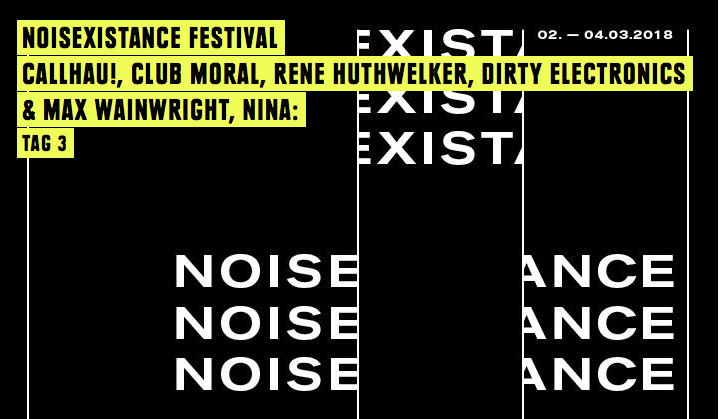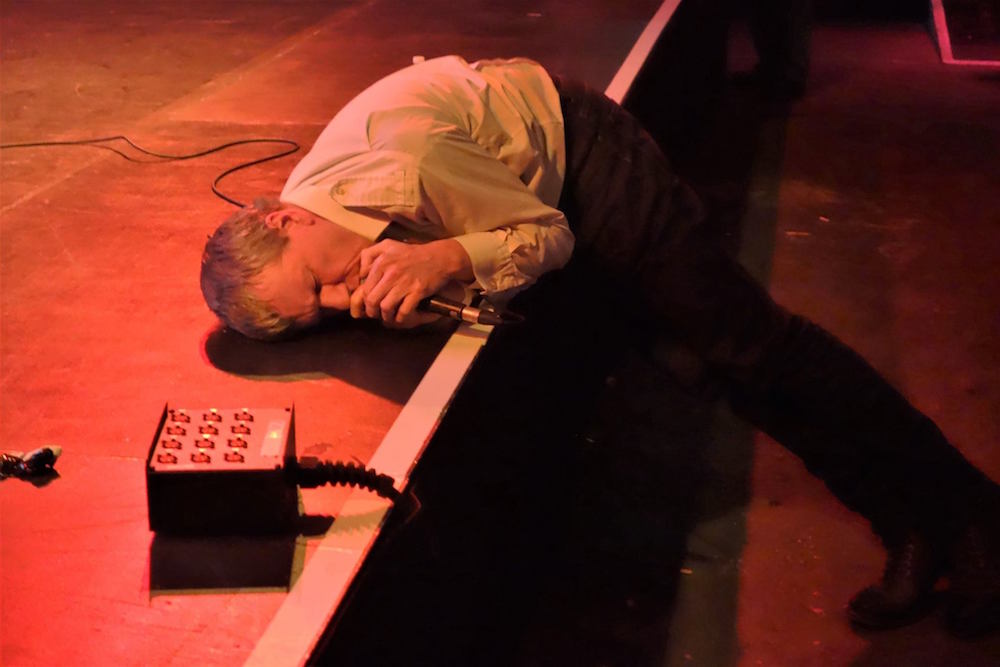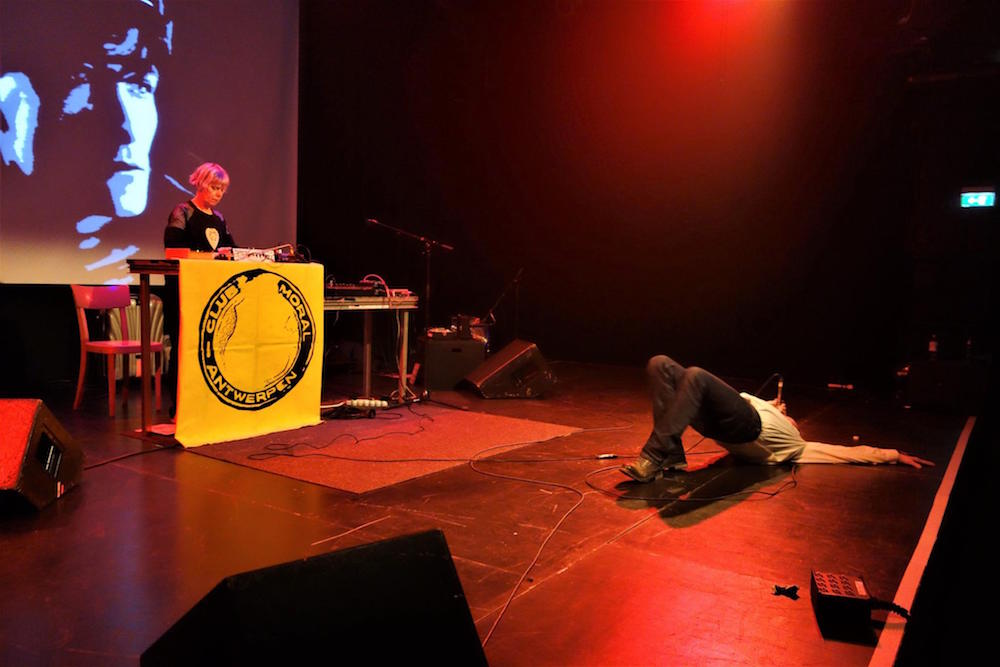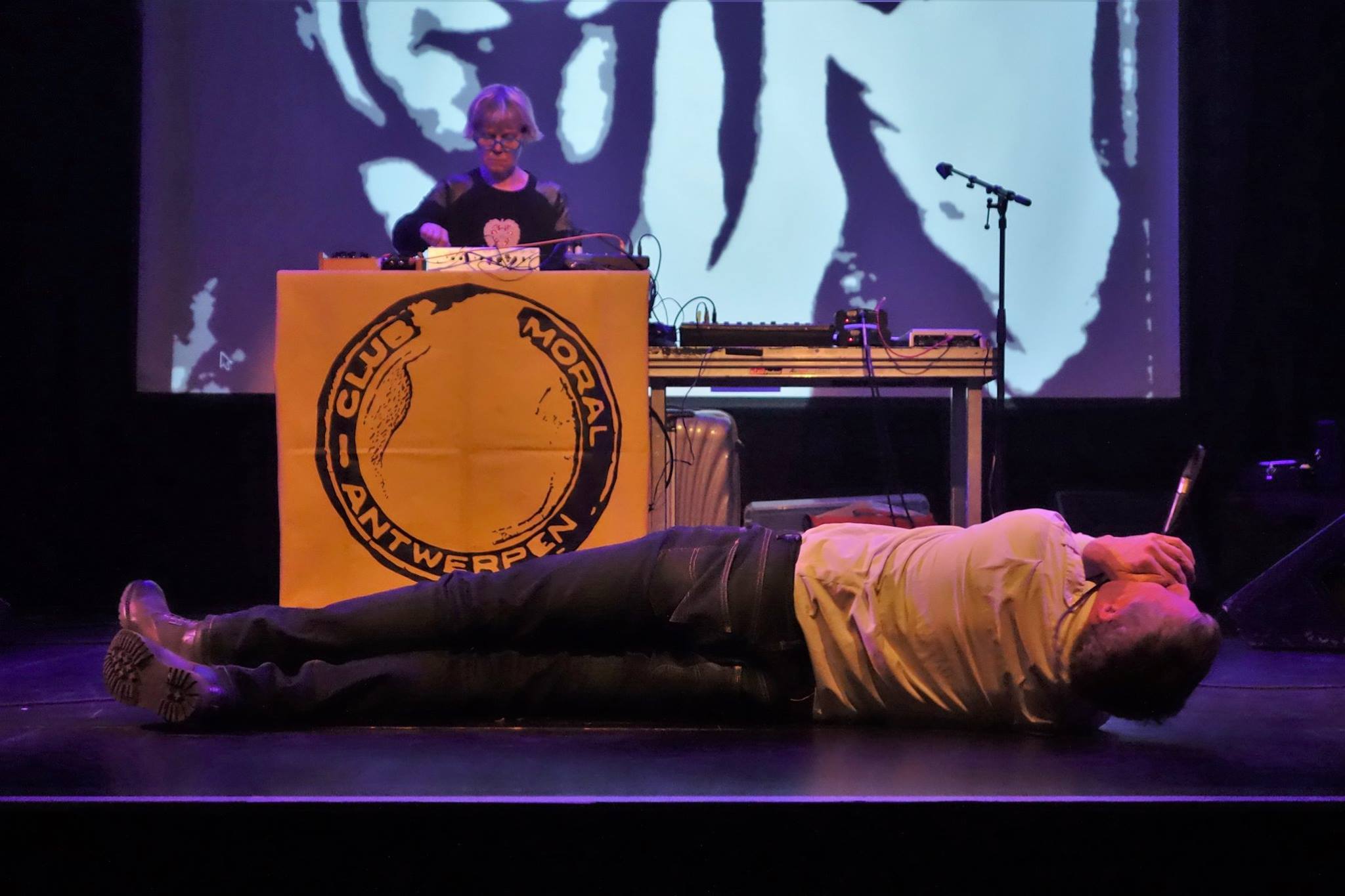|
# 150 04/03/2018 |
Noisexistance
| |




| ||
|
Noisexistance II Festival-congress on theory and praxis of Noise Organized by Noisexistance, Kulturfabrik Kampnagel and Hochschule für bildende Künste Hamburg Hamburg, March 2nd – 4th 2018 Among the many meanings of the term, Noise is used to describe a musical genre that developed in Japan during the 1980s. In Noise, the traditional parameters of music – rhythmy, meter and harmonics – are suspended and replaced by a praxis of distortion, overload and loudness. Since the early 2000s Noise has regained a certain popularity and some of its techniques and aesthetics have found their way into genres of popular music and sound art, while it also became a subject of academic discourse both as genre and as a term used in broader theories. The question arises whether the presence of noise points to a crisis in music and aesthetics in general. But speaking of music as such is already problematic, if the word is used to refer to the entirety of aesthetic forms of sound-production. A definition of music that could encompass its different functions in diverse epochs, genres, ethnicities etc. would have to find a lowest common denominator, with which it would be difficult, if not impossible to distinguish music from noise, sound art, audio branding and other forms of sound production. Also, noise can develop both as an effect of revolt and of oppressive power. How both forms relate to each other opens up the space of acoustics of the political. Noisexistance wants to focus on these political implications of Noise, both as a form of sonic power and as an aesthetic vehicle for protest and resistance. The aim of the Festival-Congress is to bring together diverse positions within philosophy and cultural/musical studies with artistic and political praxis to discuss central issues that arise from the tension between noise, music and order. The term of resonance and difference will be programmatic here: resonance as a primordial and ineluctable experience of acoustic phenomena that can only develop inside the space opened up between differences. Is it possible to trace back noise to the beginning of every process of signification, be it symbolic or aesthetic – a noisy surplus that has to be rejected to create a symbolic order? Does this discarded residue not always find its way back into order to define both its boundaries and inner centre? Can certain forms of power and discipline be detected in every form of social production, including musical ones, and which forms of sound and noise does this disciplining produce? | ||
| in Kampnagel, Jarrestraße 20, Hamburg, Germany. | ||
|
Playlist: L'Enfer est Intime (Felix Culpa), Bodies, Devil in Disguise, Nazis of the Night, I'm a Monster, Therapist Fears, Oorlog, | ||